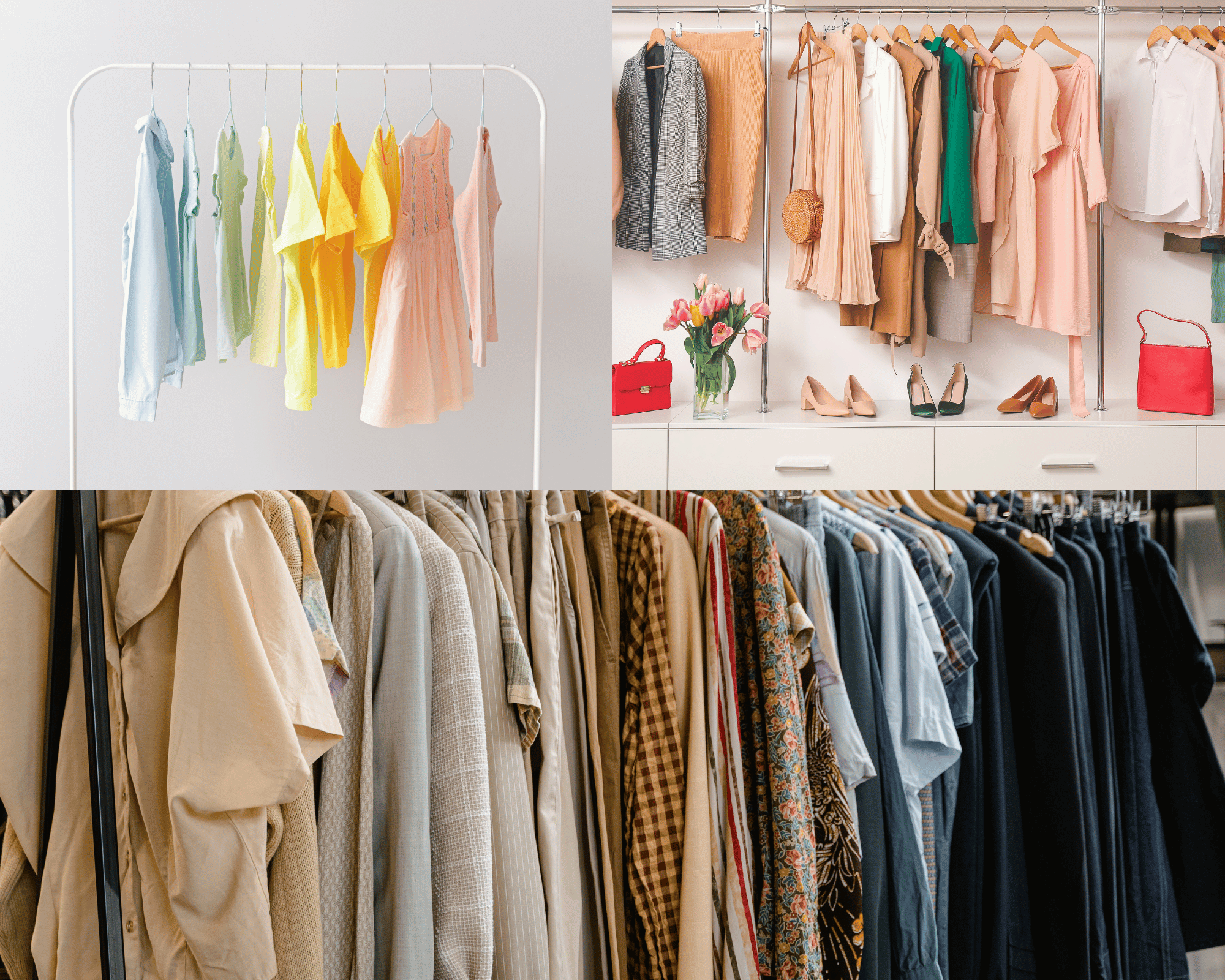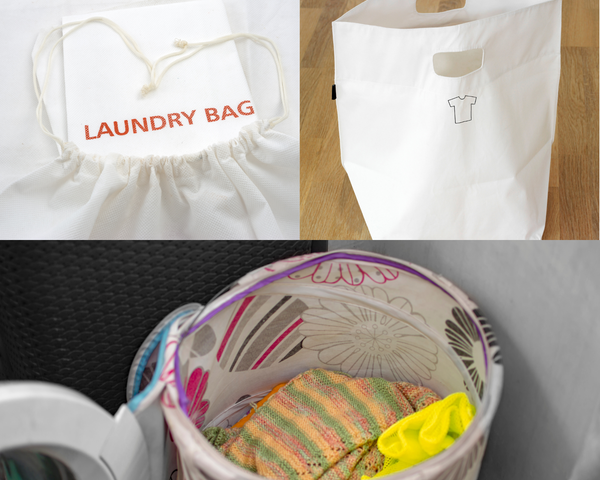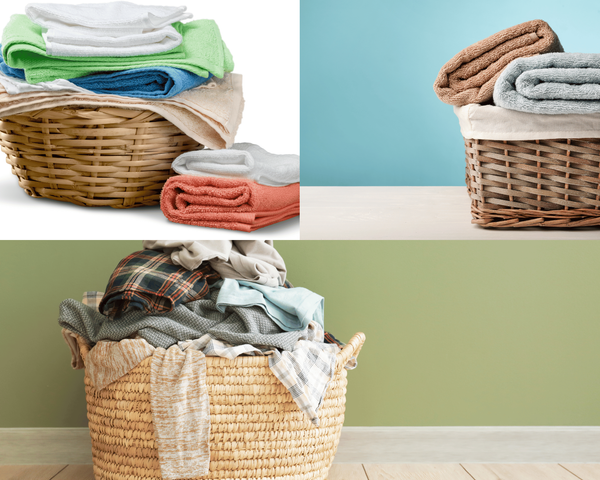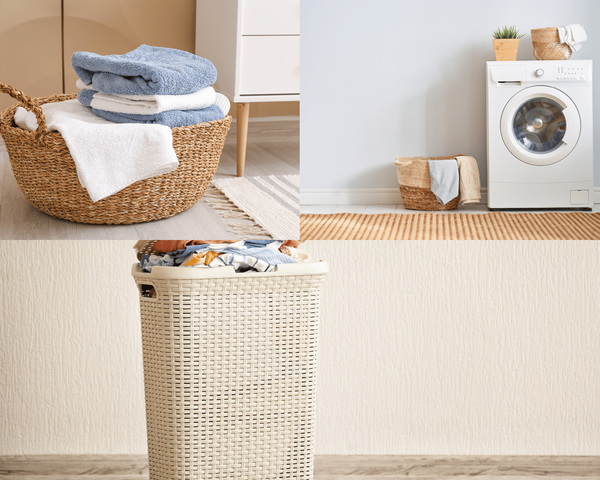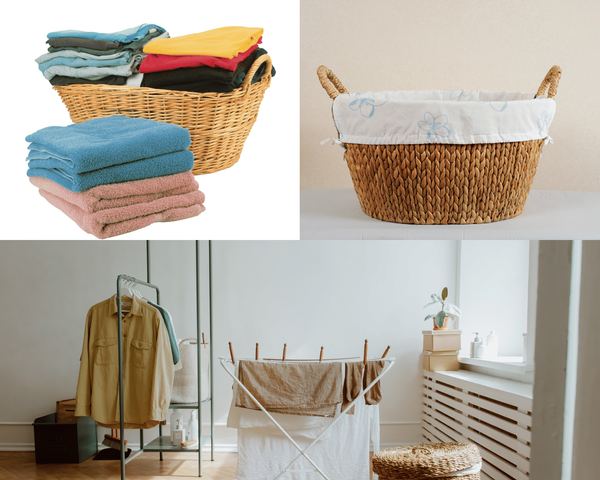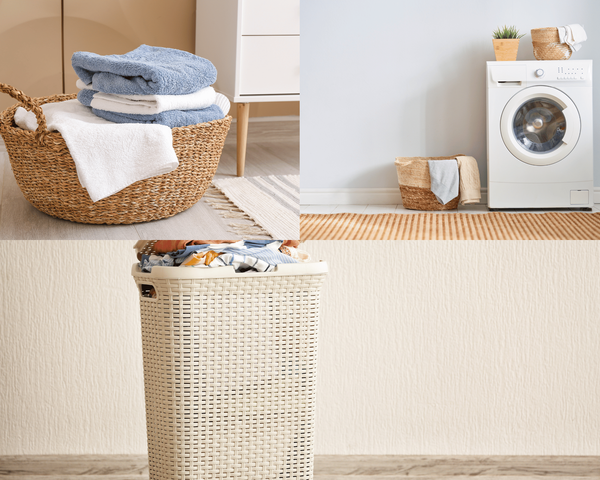When it comes to organizing a storage unit, hanging up clothes might seem like a simple task, but doing it right can save you a ton of space and keep your clothes in top-notch condition. Let's dive into the nitty-gritty of efficiently using your storage space to keep your garments looking fresh and ready to wear.
Key Takeaways:
- Utilize garment racks to maximize space and maintain clothing condition.
- Choose the right hangers and storage accessories to prevent damage.
- Regularly check and maintain the storage conditions to ensure garment longevity.
Choosing the Right Storage Unit
Selecting an appropriate storage unit is the first step in ensuring your clothes remain in pristine condition. Opt for a climate-controlled unit to protect your garments from extreme temperatures and humidity, which can lead to mold and fabric damage. Size matters too; ensure the unit is spacious enough to accommodate garment racks without crowding.
Importance of Climate Control
Climate control is crucial for preventing damage to your stored clothing. Fluctuations in temperature and humidity can cause fabrics to expand or contract, leading to permanent damage. A climate-controlled environment keeps these factors in check, safeguarding your clothes against environmental threats.
Using Garment Racks
Garment racks are indispensable for efficient storage. They not only help in keeping clothes organized but also ensure they remain wrinkle-free. Position your racks strategically to maximize space and allow for easy access. Ensure they are sturdy enough to hold the weight of your clothes without toppling over.
Selecting the Right Hangers
The type of hangers you choose can significantly affect the condition of your clothes. Opt for padded or wooden hangers for suits and delicate items to maintain their shape. Avoid wire hangers, as they can distort your clothes and leave rust marks if exposed to humidity.
Maximizing Space with Hanging Wardrobe
Incorporating a hanging wardrobe in your storage unit can be a game-changer. These wardrobes are designed to accommodate a large number of items in a compact space, making them ideal for storing seasonal clothing, suits, and dresses that need to remain hanging.
Protecting Your Clothes with Covers
To shield your clothes from dust, light, and pests, use garment covers. These covers can be made from breathable materials like cotton, which prevent moisture buildup and protect the fabrics from potential damage while allowing air circulation.
Organizing Clothes by Season
Organizing your clothes by season not only makes it easier to retrieve what you need but also helps in rotating the wardrobe, reducing wear and tear on any single garment. This method ensures that no item remains buried and forgotten.
Utilizing Vertical Space
Don’t forget to utilize the vertical space in your storage unit. High shelves can be perfect for storing boxes of accessories or out-of-season footwear, making the most of every square inch of your unit.
Regular Maintenance Checks wardrobe boxes
Regularly visiting your storage unit to check on your clothes is essential. Look for any signs of moisture, pests, hanging clothes or mildew. These checks can help you catch any issues early before they cause significant damage to your clothing.
Effective Use of Storage Boxes
For items that don't need to be hung, use clear plastic storage boxes. These boxes stack easily, saving floor space, plastic storage bins, seasonal clothing, and their transparency allows you to see the contents without opening them, reducing handling and potential damage.
Keeping an Inventory climate controlled storage unit
Maintain a detailed inventory of what you have stored. This list can be invaluable when you need to find something quickly or when assessing what you have during a season change. It also helps in maintaining the organization of the unit.
Security Measures best way to store clothes in storage unit hanging solutions
Ensure your storage unit has adequate security measures in place. Good lighting, secure locks, and surveillance cameras can deter theft and give you peace of mind knowing your belongings are safe.
Handling Long-Term Storage
For long-term storage, consider using vacuum-sealed bags for clothes that are not susceptible to wrinkling. This can drastically reduce the amount of space needed and protect garments from dust, pests, and moisture.
Accessibility Concerns
Arrange your storage unit so that frequently used items are easily accessible. Place less frequently used items, like seasonal decorations or heavy winter coats, natural fibers, plastic storage containers, climate controlled storage, plastic bins, clothing storage, cedar chips, storage units, towards the back of the unit or on higher shelves.
Summary
Storing clothes in a storage unit doesn't have to be a hassle. With the right strategies, such as using garment racks and climate-controlled units, wardrobe box, clothes in a storage vacuum packing wardrobe box, storing clothes you can keep your clothes in excellent condition for years. Regular maintenance and proper organization are key to ensuring that your garments remain safe and ready to wear whenever you need them.
FAQ
Q1: How often should I check on my clothes in storage?
A1: It's a good idea to check on your clothes every 3-6 months to ensure there are no issues such as pests, mold, or moisture buildup.
Q2: Can I store shoes in the same unit as my clothes?
A2: Yes, you can store shoes in the same unit. However, it's best to keep them in boxes or shoe racks to prevent any dirt or odor from transferring to your clothes.
Q3: What is the best way to store leather jackets in a storage unit?
A3: Store leather jackets on wide, padded hangers inside breathable garment bags to maintain their shape and protect them from dust and moisture.




